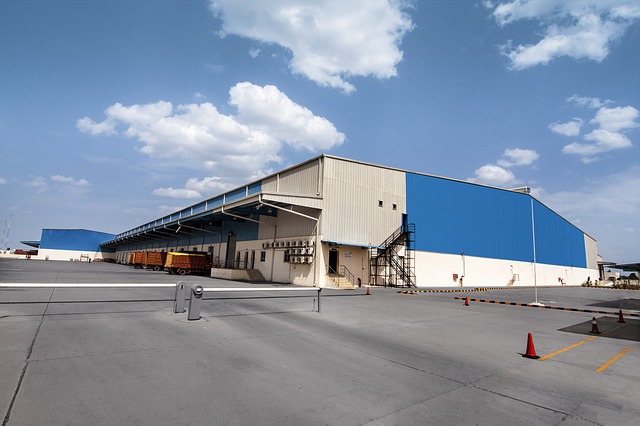Shed

|
Contents |
[edit] Introduction
A shed (in a domestic environmnet sometimes referred to as a ‘garden shed’) is typically a small, free-standing structure that is found in many suburban properties. It is often used for storing tools, lawn mowers and other garden-associated equipment. However, as a space away from the main house, it is frequently put to other uses such as a place for contemplation, for carrying out hobbies and for testing personal inventions.
Usually a wooden structure that is available from most DIY super stores and garden centres, a shed can be erected as a DIY project, generally without requiring planning permission. Dimensions are typically in the region of around 2m high (to the ridge), 1.8m wide and 2m deep. There is usually enough internal headroom for most adults to stand upright without touching the underside of the roof.
[edit] Construction
Sheds usually have no internal supporting structure – being made up of four, lightweight, pressure-treated shiplap wall panels that are fixed together to form the sides and which support the roof. A hinged door of simple barn-style construction allows entry and exit.
The roof can be made of timber purlins supporting chipboard, marine ply or multi-functional plate (MFP) boards – the latter made from wood residues (from wood processing) that are compressed with moisture-resistant melamine. Waterproofing is usually imparted by single-ply felt tacked around the roof edges or shingles.
The floor may be chipboard, plywood or MFP board supported on pressure-treated bearers.
The entire structure sometimes sits on an unreinforced concrete base. It may be possible to create a simple base by laying down concrete paving slabs although these may in time suffer from differential settlement.
The average shed has one single-glazed window.
Lean-to sheds are also available. Being of smaller dimensions, they are usually used for storing tools, garden hoses and small lawn mowers.
Metal sheds are also available and are usually made from plastic-coated steel or hot-dipped galvanised steel and are available in numerous colours.
[edit] Other meanings
The word ‘shed’ is also used to describe large warehouse-type structures used for applications such as manufacturing, storage, wholesale/retail centres and so on. Construction typically comprises a steel portal frame covered with cladding such as insulated composite panels, crinkly tin, masonry and so on.

|
| The American architect Robert Venturi used the term ‘decorated shed’ to describe a contemporary building of purely utilitarian design but fronted with decoration or signs to give it more grandeur and to express its functions. Randy’s Donuts shop (pictured) in the US is a typical example. |
[edit] Related articles on Designing Buildings Wiki
Featured articles and news
One of the most impressive Victorian architects. Book review.
RTPI leader to become new CIOB Chief Executive Officer
Dr Victoria Hills MRTPI, FICE to take over after Caroline Gumble’s departure.
Social and affordable housing, a long term plan for delivery
The “Delivering a Decade of Renewal for Social and Affordable Housing” strategy sets out future path.
A change to adoptive architecture
Effects of global weather warming on architectural detailing, material choice and human interaction.
The proposed publicly owned and backed subsidiary of Homes England, to facilitate new homes.
How big is the problem and what can we do to mitigate the effects?
Overheating guidance and tools for building designers
A number of cool guides to help with the heat.
The UK's Modern Industrial Strategy: A 10 year plan
Previous consultation criticism, current key elements and general support with some persisting reservations.
Building Safety Regulator reforms
New roles, new staff and a new fast track service pave the way for a single construction regulator.
Architectural Technologist CPDs and Communications
CIAT CPD… and how you can do it!
Cooling centres and cool spaces
Managing extreme heat in cities by directing the public to places for heat stress relief and water sources.
Winter gardens: A brief history and warm variations
Extending the season with glass in different forms and terms.
Restoring Great Yarmouth's Winter Gardens
Transforming one of the least sustainable constructions imaginable.
Construction Skills Mission Board launch sector drive
Newly formed government and industry collaboration set strategy for recruiting an additional 100,000 construction workers a year.
New Architects Code comes into effect in September 2025
ARB Architects Code of Conduct and Practice available with ongoing consultation regarding guidance.
Welsh Skills Body (Medr) launches ambitious plan
The new skills body brings together funding and regulation of tertiary education and research for the devolved nation.
Paul Gandy FCIOB announced as next CIOB President
Former Tilbury Douglas CEO takes helm.























